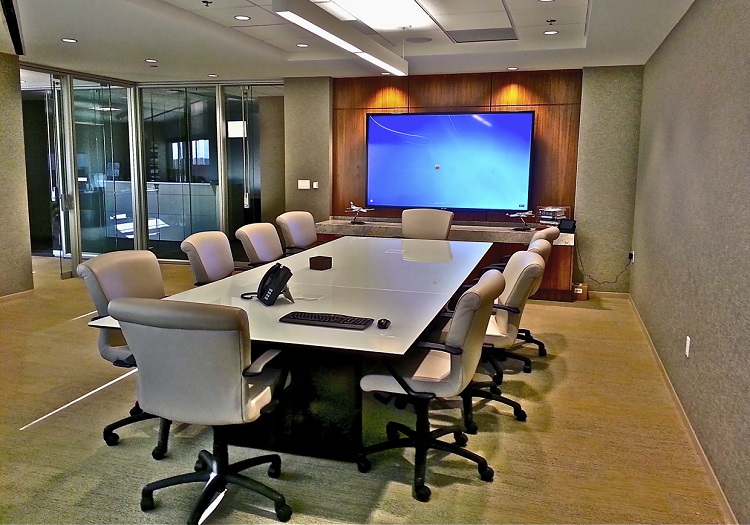Optimal Approaches for Arranging Speakers to Maximize Sound Quality and Audience Involvement in Spacious Locations
Optimal Approaches for Arranging Speakers to Maximize Sound Quality and Audience Involvement in Spacious Locations
Blog Article
Positioning speakers in large locations is essential for guaranteeing high sound clarity and engaging the audience effectively. The placement of loudspeakers can greatly influence how audio travels throughout the area. When organizing an event, it is important to take into account the venue's size, shape, and acoustics. Each of these factors plays a crucial role in how audio is distributed and experienced by the spectators. By understanding these elements, event organizers can create an ideal configuration that enhances the complete experience for all participating.
One important aspect to consider is the type of speakers being used. Different speakers have distinct features that affect sound clarity. For example, array array speakers are often preferred in large venues because they can project sound over extended ranges while preserving fidelity. These loudspeakers are engineered to function in unison, allowing sound to arrive at every area of the room evenly. Additionally, bass speakers can be tactically positioned to boost bass output, making the sound encounter more engaging. Selecting the right combination of speakers is crucial for attaining the optimal sound quality.
Another critical factor is the layout of the loudspeakers. The placement should be based on the audience's configuration and the location's sound characteristics. For instance, speakers should be positioned at an appropriate elevation and tilt to guarantee that sound waves click here to read reach the audience without distortion. It is also important to steer clear of positioning loudspeakers too close to walls or corners, as this can cause undesired reflections and reduce sound quality. A carefully planned setup can help reduce audio problems and create a more enjoyable listening encounter.
In addition to speaker placement, audio testing is a crucial step in the procedure. Before the event starts, conducting audio checks allows organizers to detect any potential issues and implement necessary modifications. This testing should encompass monitoring for feedback, modifying volume intensities, and ensuring that all speakers are operating correctly. By investing the effort to test the audio system, event organizers can ensure that the sound quality meets the spectators' expectations and improves their involvement with the event.
Ultimately, audience engagement can be additionally improved by taking into account the complete design of the location. Factors such as arrangement, lighting, and platform design can all impact how the spectators engages with the speakers. For example, a well-lit stage can draw focus to the presenter, while cozy chairs can keep the spectators focused and alert. By establishing an welcoming atmosphere, planners can foster a connection between the presenters and the audience, resulting to a more memorable and significant occasion. In conclusion, meticulous preparation and consideration of sound clarity and audience involvement are crucial for successful events in spacious venues.